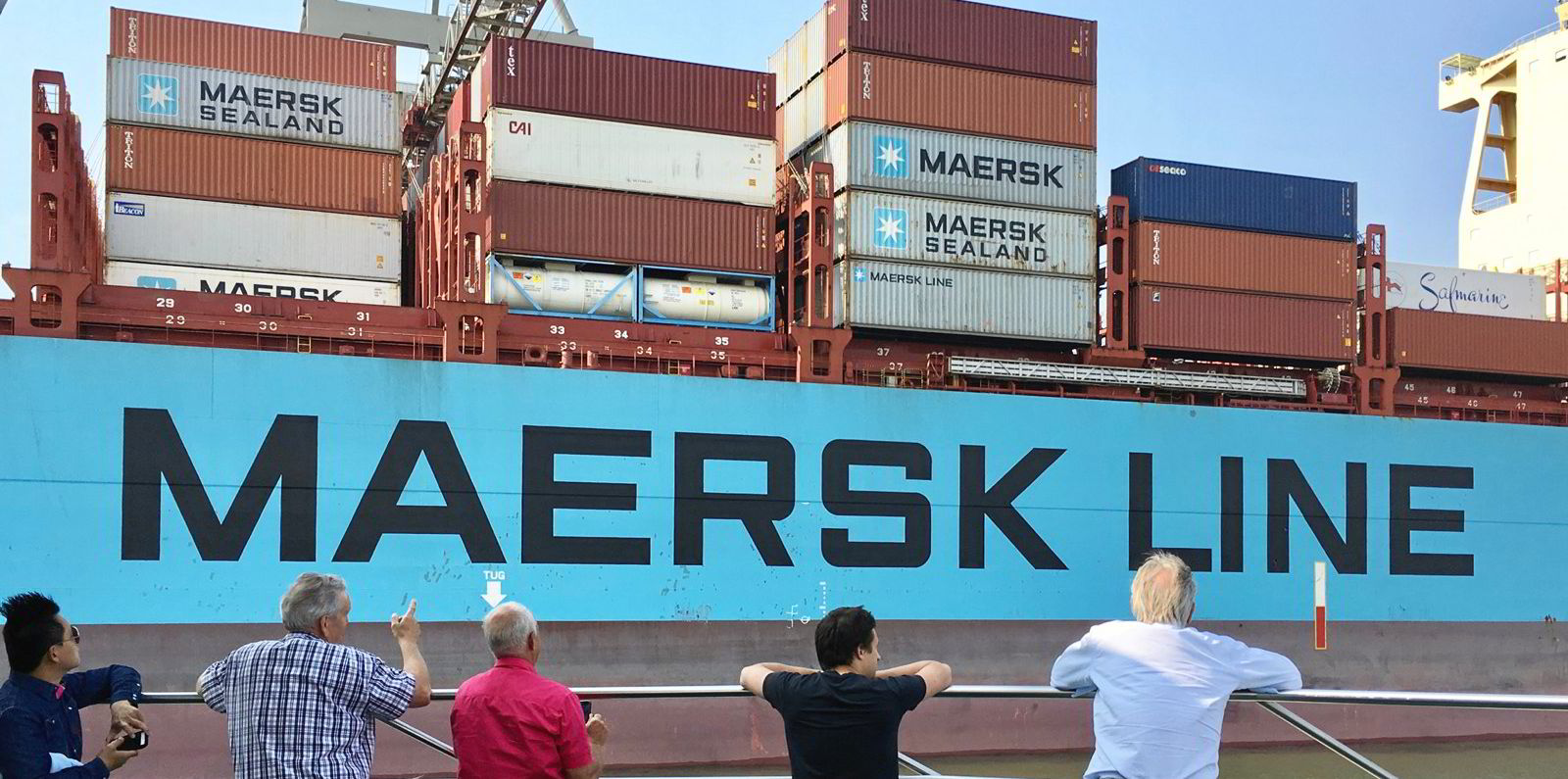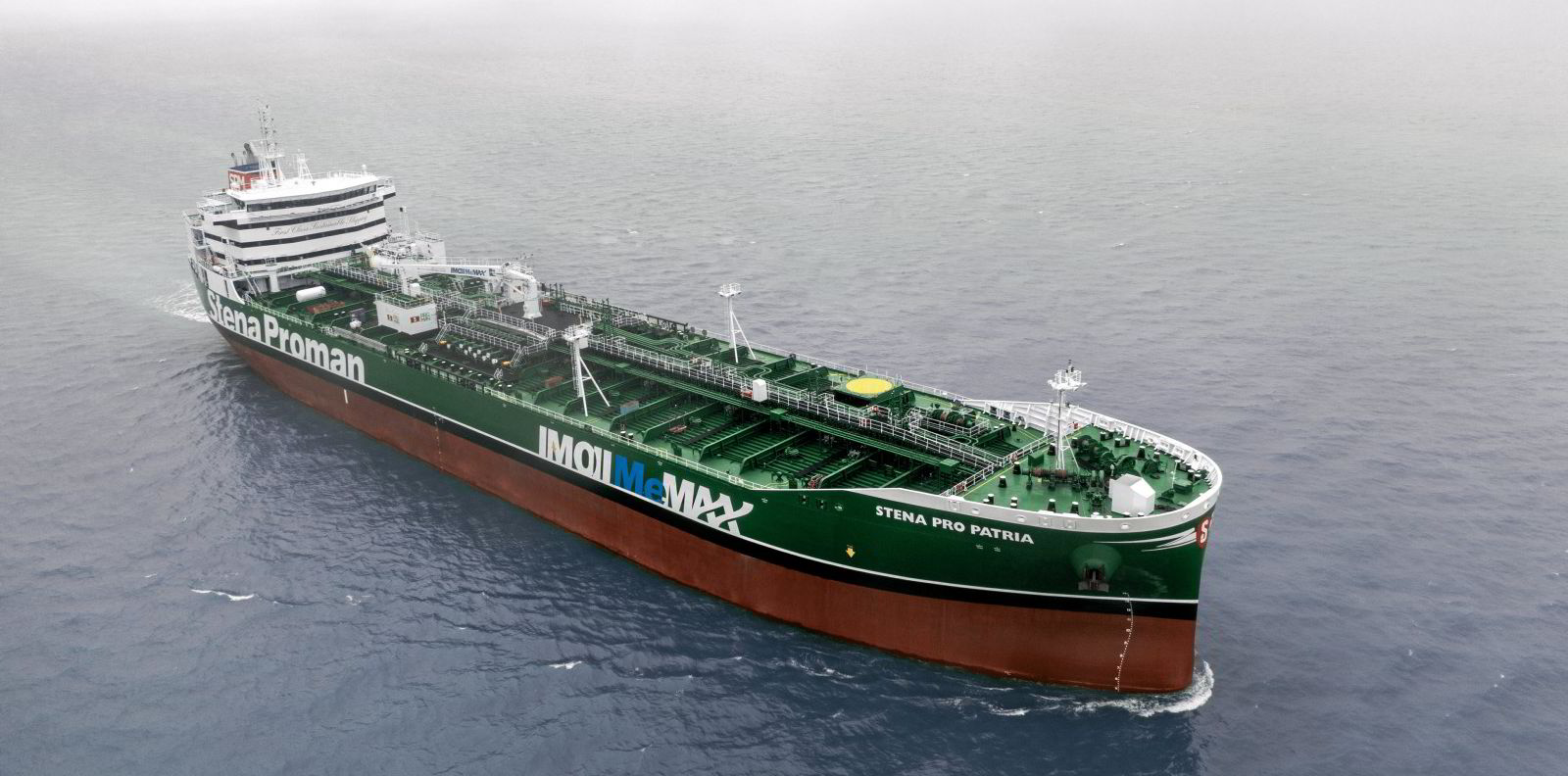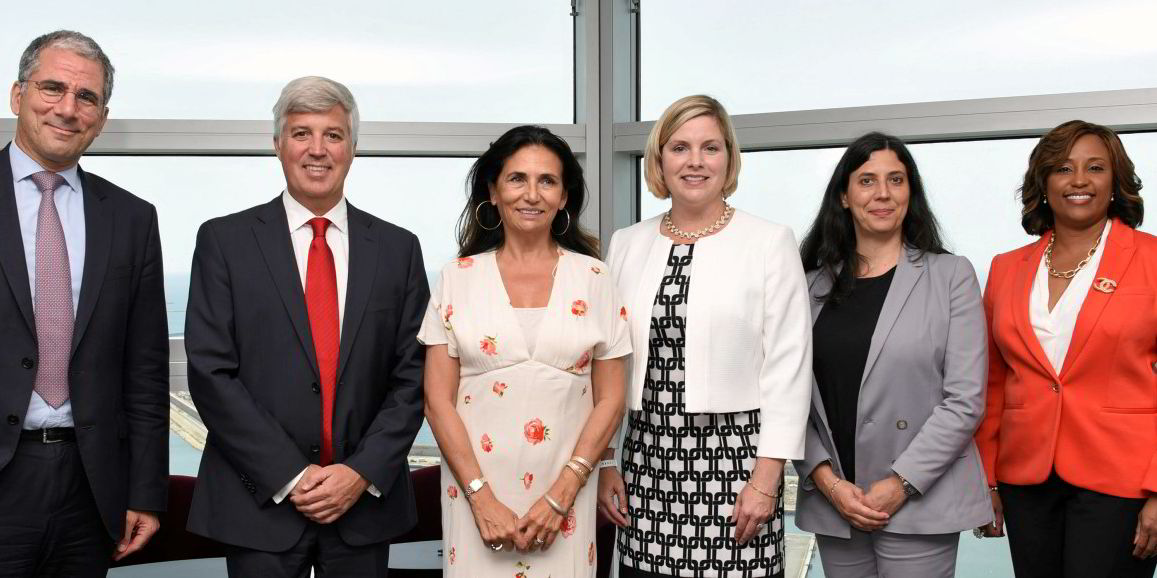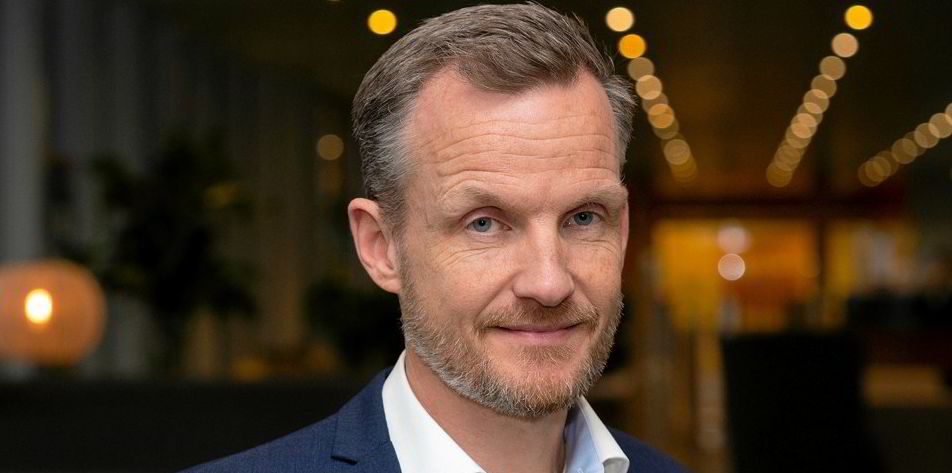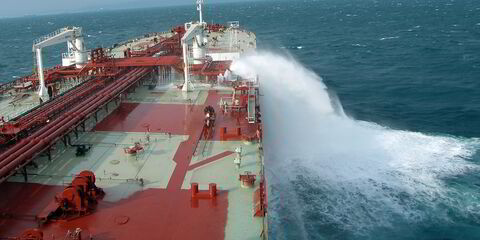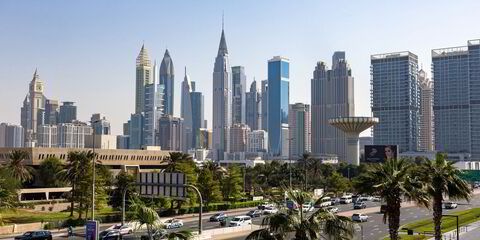A raft of at least five big-name shipowners in Asia and Europe are eyeing dual-fuel methanol propulsion for their next round of container ship newbuildings amid the expectation that some 50 methanol dual-fuelled vessels may be ordered before the end of 2022.
Shipbuilding sources named Cosco Shipping Holdings, Eastern Pacific Shipping and Pacific International Lines (PIL) as among those piling in on the interest in methanol as a fuel, in addition to AP Moller-Maersk and CMA CGM, which have already ordered tonnage or declared their intentions.
Cosco Shipping Holdings, the main container arm of state giant China Cosco Shipping, is said to have approached Cosco Shipping Heavy Industry and Sino-Japanese shipyard Nantong Cosco KHI Ship Engineering Co for a quartet of mega-size boxships of 24,000 teu.
One of the world’s top four liner operators, Cosco has 32 conventional-fuel newbuildings ranging between 14,000-teu and 23,000-teu on order at yards. The company has not taken the plunge on any LNG dual-fuel boxships.
Idan Ofer-controlled Eastern Pacific and Singapore’s PIL are also understood to be making enquiries for methanol-fuelled 8,000-teu vessels. The number of ships the two owners are seeking has yet to emerge.
In June, TradeWinds reported that Maersk had floated a tender with shipyards for 12 container ships of 16,000 teu.
It has since emerged that the Danish liner giant is also seeking to expand on its lone methanol pilot feeder ship and has an enquiry with yards to build up to 18 methanol-fuelled 2,600-teu units.
In the last few weeks, French liner carrier CMA CGM announced that it will be ordering six methanol dual-fuel 15,000-teu newbuildings. The company has approached Chinese and South Korean shipyards for the boxships.
The recent rush toward methanol has taken some industry watchers by surprise.
One newbuilding broker attributes it to a combination of factors.
He said there is an element of shipowners hedging their bets on future fuels, while others are keen to get experience on using methanol as bunkers.
A dual-fuelled methanol vessel will also prove cheaper to build than one that is designed to use LNG as fuel, largely because there is no need for expensive cryogenic bunker tanks and fuel gas handling systems.
Shipbuilding experts estimate that the methanol dual-fuel 15,000-teu to 16,000-teu vessels that CMA CGM and Maersk are planning will cost between $175m and $183m each. This compares with a $5m premium for a similar-sized LNG dual-fuel boxship.
But the broker and other industry players cited a fourth and developing reason.
“Owners are waking up to the fact that the next alternative — ammonia — is not that easy,” one said, mentioning the work being done on dealing with ammonia’s toxicity and the need to remove nitrous oxide from the exhaust stream.
- Brown methanol: sourced from coal
- Grey methanol: sourced from natural gas
- Blue methanol: sourced natural gas but in combination with CO2 capture and storage
- Green methanol: sourced either from biomass or e-methanol from CO2 captured from renewable sources and green hydrogen produced with renewable electricity
Advocates arguing that methanol should be the future fuel of choice stress that it can be stored and transported as a liquid without the need to cool or keep it under pressure.
They also flag up that it is easier to handle and more widely available.
On the downside, methanol is a lower energy carrier than its competitor LNG, so larger quantities are needed to achieve the same power output.
Those who are not fans also argue that methanol bunkering infrastructure is not in place whereas significant investments have already been made on this for LNG.
On a well-to-wake basis, the currently available “grey methanol”, which is sourced from natural gas, does not offer lower greenhouse gas emissions than LNG. But blue methanol, which is produced in combination with carbon capture and storage, does.
Methanol can be carbon neutral if produced as so-called “green methanol” — sourced either from biomass or from CO2 captured from renewable sources and green hydrogen produced with renewable electricity.
But the supply of green methanol is also very small when set against shipping’s potential requirements and it is currently costly to produce.
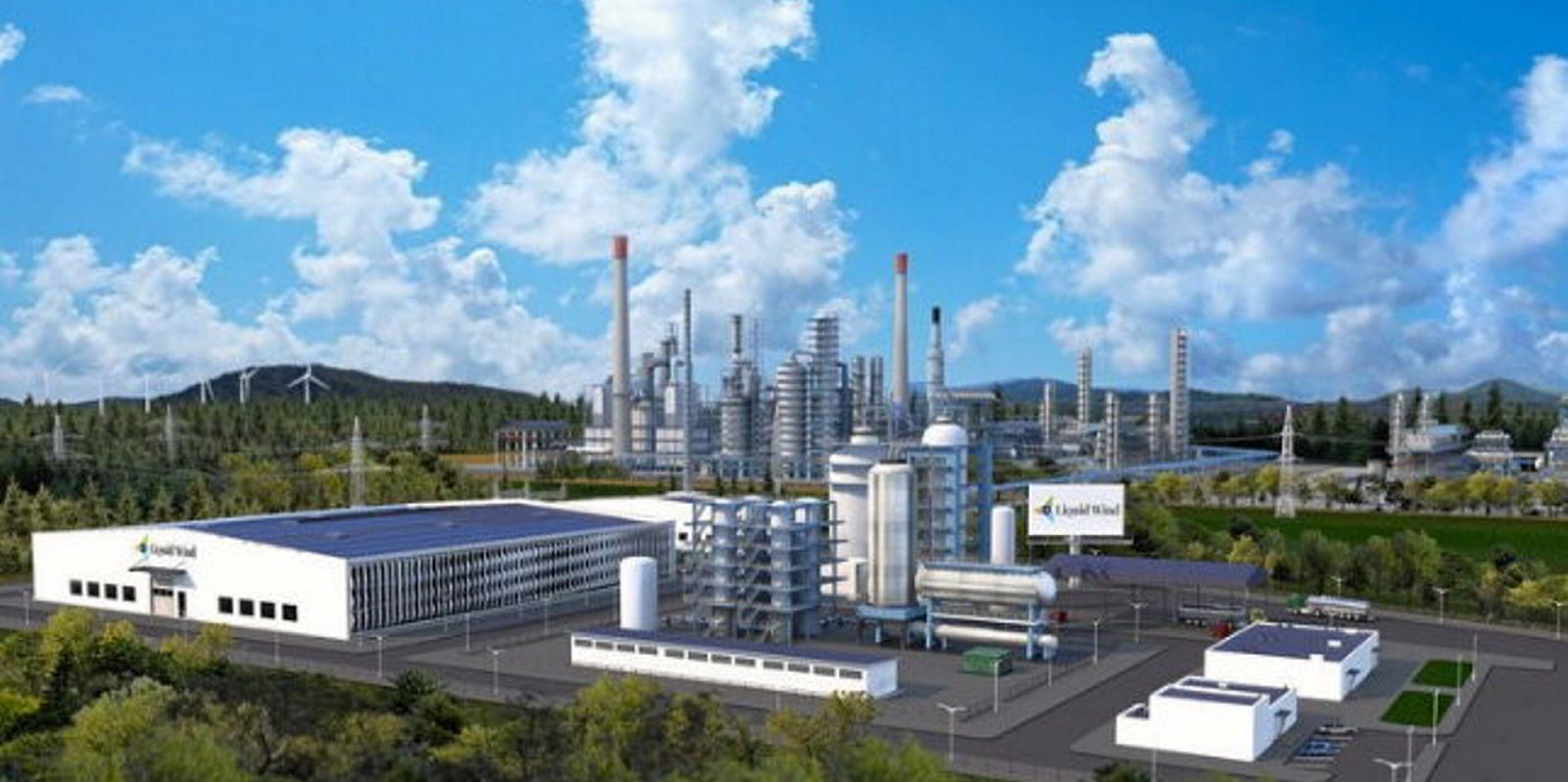
Maersk has already moved to secure its own volumes but expects to run its ships initially on fuel oil. The company estimates that just 30,000 tonnes of green methanol are currently being produced globally. But 15 times that will be needed to fuel the newbuildings it has already ordered.
One industry observer said that if state-run Cosco is looking at a shift to methanol then the company is likely to already have its eye on a supply source.
The newbuildings are expected to be firmed up.
In a recent webinar, Thomas Hansen, head of two-stroke promotion and customer support at Danish engine designer MAN Energy Solutions, said that in 2021 — across all dual-fuel brands — 160 vessels were ordered with LNG-capable engines and 19 with methanol, with 89 for LNG and four for methanol contracted in 2022 to date.
“It’s clearly a big win for LNG so far,” Hansen said. “But methanol is getting “a new momentum”.
“We expect that the [engine] order uptake from methanol will be rather strong in the years to come.”(Copyright)

